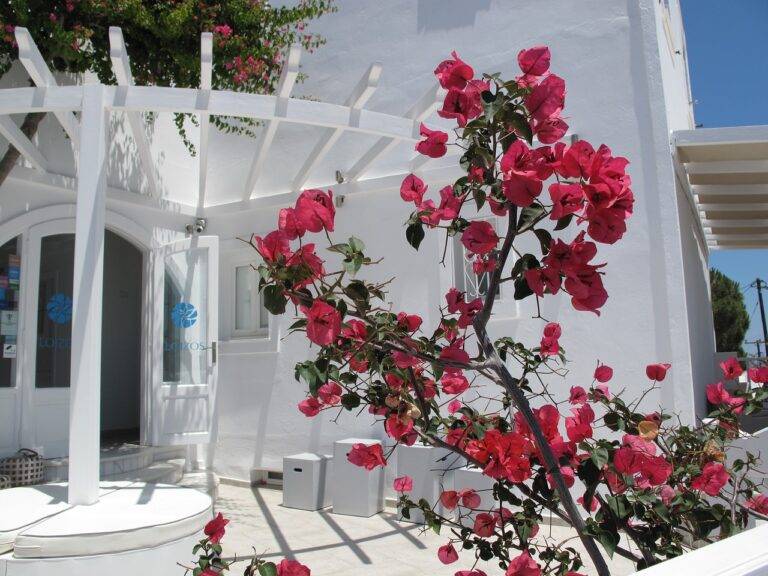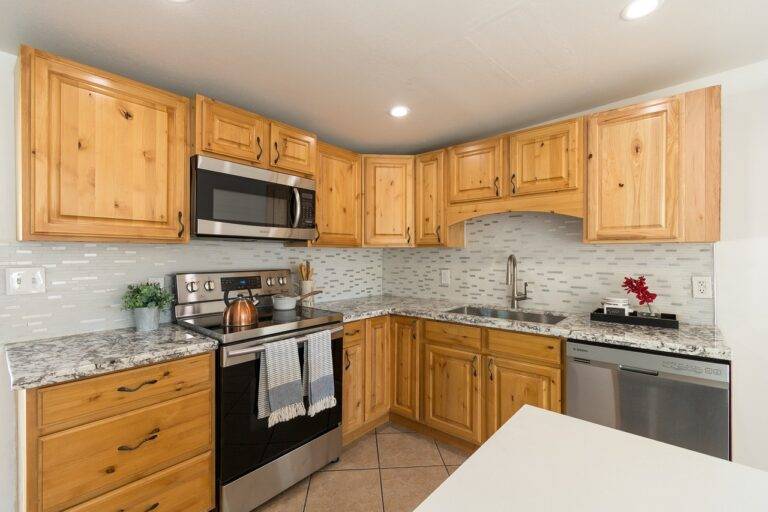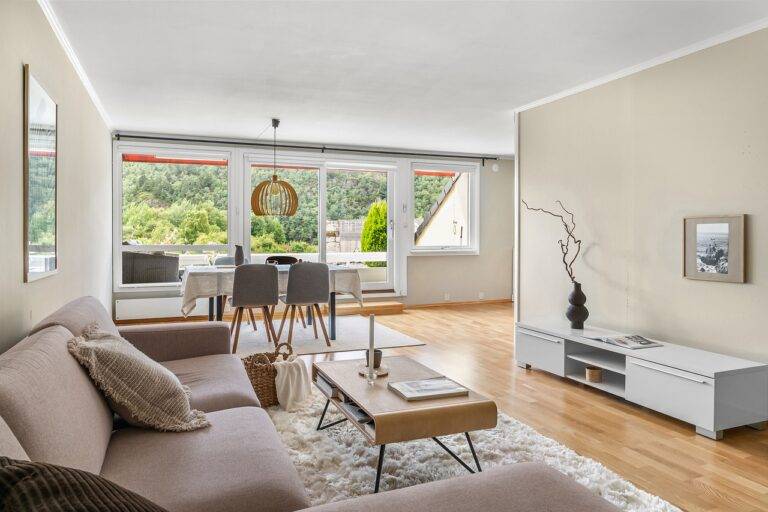The Future of Home Lighting: LED Trends and Energy Efficiency
LED lighting offers numerous advantages over traditional incandescent and fluorescent lighting options. One of the key benefits is energy efficiency. LEDs consume significantly less energy to produce the same amount of light, leading to lower electricity bills and reduced environmental impact. This makes them a popular choice for homeowners and businesses looking to save on energy costs and decrease their carbon footprint.
In addition to energy efficiency, LED lighting also boasts a longer lifespan compared to traditional lighting sources. LED bulbs can last up to 25 times longer, reducing the frequency of replacements and maintenance efforts. This longer lifespan not only saves money in the long run but also contributes to sustainability by reducing the amount of waste generated from discarded light bulbs.
The Impact of LED Technology on Energy Consumption
LED technology has revolutionized the way we approach energy consumption in various sectors. The efficient nature of LEDs has significantly contributed to reducing energy usage and, consequently, lowering electricity bills. This has made LED lighting a popular choice for both residential and commercial applications. With LEDs consuming less power than traditional incandescent bulbs, the environmental impact of lighting has been greatly minimized.
Moreover, the longevity of LED lights plays a crucial role in decreasing energy consumption. LED bulbs have a longer lifespan compared to incandescent or fluorescent bulbs, reducing the frequency of replacements. This not only saves money but also contributes to reducing waste and the production of new bulbs. Overall, the increased adoption of LED technology in lighting solutions has been a key factor in enhancing energy efficiency and sustainability efforts worldwide.
Trends in Smart Home Lighting Systems
Smart home lighting systems have revolutionized the way we interact with our living spaces. With the advancement of technology, homeowners can now control the lighting in their homes remotely through smartphone apps or voice commands. This level of convenience and customization has made smart lighting systems increasingly popular among consumers looking to enhance the ambiance and functionality of their homes.
In addition to convenience, smart home lighting systems also offer energy efficiency benefits. By incorporating features such as motion sensors and timers, users can ensure that lights are only used when needed, reducing energy wastage. This not only helps to lower electricity bills but also aligns with the growing global trend towards sustainable living practices.
What are the key benefits of LED lighting in smart home systems?
LED lighting is energy-efficient, long-lasting, and provides a wide range of color options for customization in smart home lighting systems.
How does LED technology impact energy consumption in smart homes?
LED technology consumes less energy compared to traditional lighting, leading to cost savings and reduced environmental impact in smart home systems.
What are some current trends in smart home lighting systems?
Some current trends in smart home lighting systems include voice control, color-changing options, and integration with smart home hubs for seamless automation.







